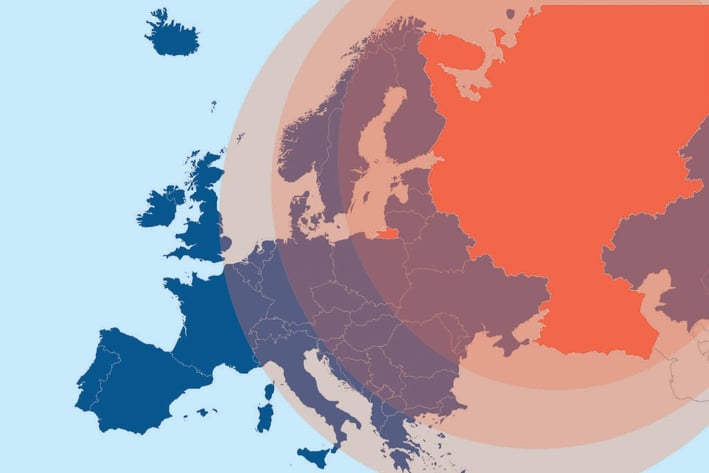Can NATO survive another Russian invasion?
As NATO struggles to cooperate, Putin aims to widen the Russian border.
1/10/20248 min read
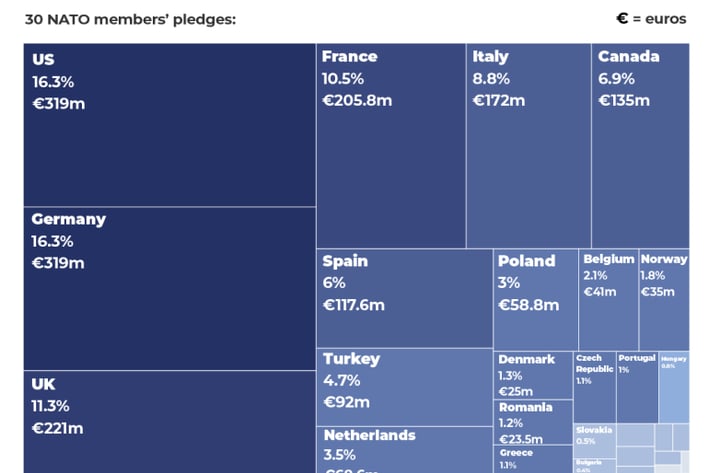

NATO continues to dig its own grave and time is running out to change course. As NATO expansion keeps moving along, ground fighting with Russian troops is becoming a real possibility and the odds somewhat favor Russia.
NATO is based on the principle of a collective defense: an attack on one member serves as an attack on all members. The United States is the principal actor within this collective. Mainly due to funding, diplomacy, and superpower status post war.
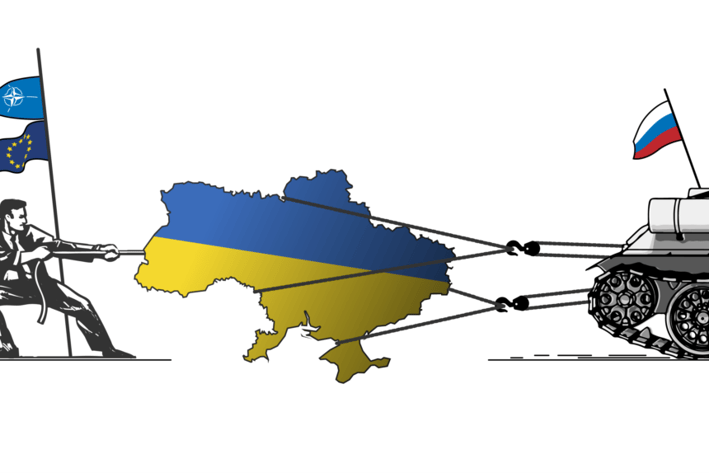

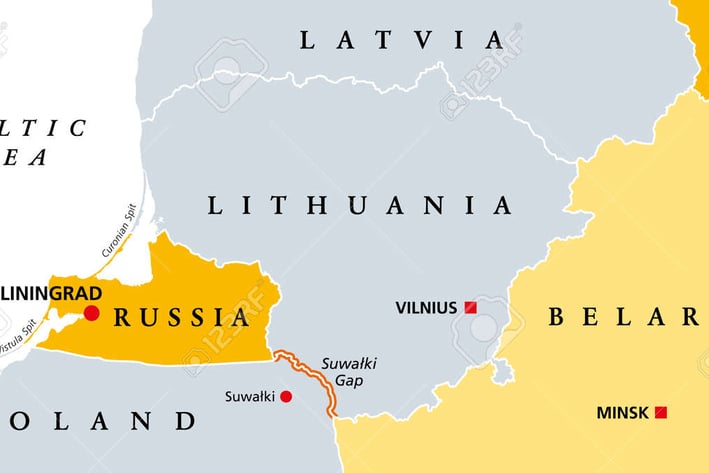

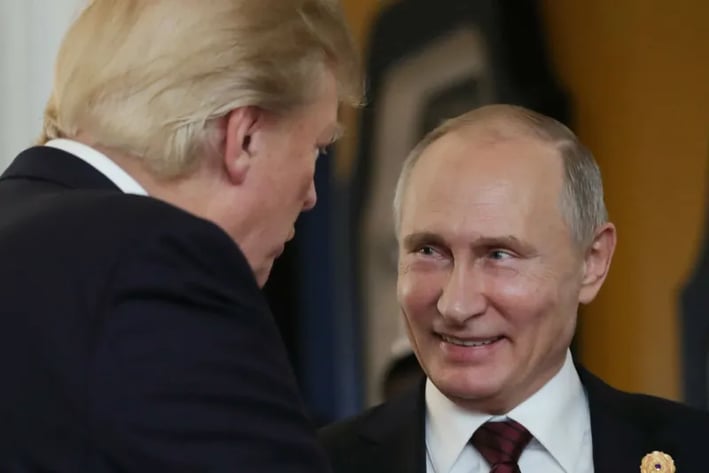

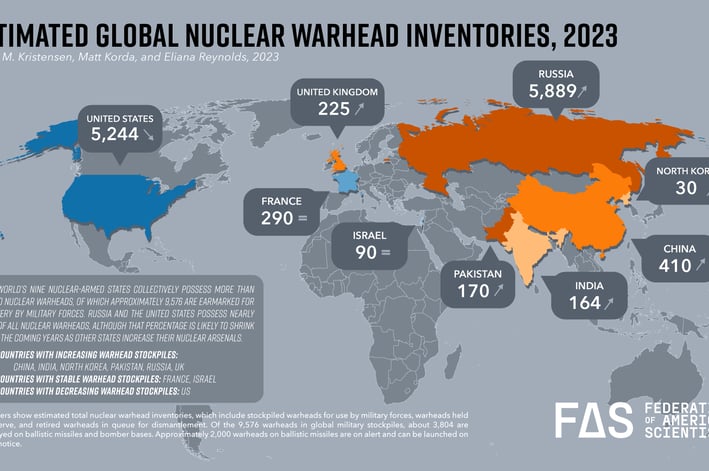

The top players when it comes to influence within NATO come down to just a few countries. The United States, United Kingdom, Germany and France. This influence come downs to the funding and resources they provide the organization.
These top funders serve as a nuclear umbrella to all its smaller partners. The US being the most nuclear armed country of all NATO allies, in truth, is the only superpower competing with the Russian arsenal who have the most reported nukes as of today.
Possibly, but there are some reasons to take this seriously.
Ukraine is struggling on the battlefield. This is happening despite the Western weapons provided to them. They are proving to be less impactful than expected when being used how they are. And don't forget these are the very weapons that would be defending Europe in the event of a Russian attack.
Take one weapon for example. Tanks. It has become clear in Ukraine that NATO armored vehicles can easily be destroyed by Russia. This withstanding the fact that Russian equipment is a long stride away from the best. Russia has proved to be able to destroy NATO armor with ease like the US Bradley, the German Marder and even main battle tanks like the Leopard 2 have fallen to Russian weaponry.
Russia has done this with the use of its anti-tank weapons.
· killer drones like the Russian Lancet
· helicopter and aircraft launched missiles
· large cannons mounted on AFVs and helicopters
· anti tank guided missiles (ATGMs)
· artillery strikes
If Ukraine was controlling the skies this could be a different story but that has yet to happen in this war.
NATO simply does not produce enough tanks and has been very cautious to send its current arsenal of more advanced tanks to the battlefield, like the M1 Abrams, Leopard 2, and Challenger tanks. This is rumored to be because US advisors have ruled against it due to the risk of a black eye on the military if the tanks perform like the tanks they have already sent to the battleground.
Beside the battlefield in Ukraine, as evidence for Russia growing ambitions there is also the increase in military spending by Vladimir Putin.
Putin recently signed the 2024 Russia state budget into law that includes a cool 115 billion dollars in defense spending. This is barely comprehendible. A staggering 40% of all Russian spending will be put towards the military. A huge increase by Russia who is already at war. This is much bigger than U.S spending in terms of GDP. The U.S of course being the notoriously high spender in the world when it comes to defense.
The German think tank, mentioned previously, believes the Russians will be able to recruit and train over 280,000 troops per year along with Moscow producing a couple thousand tanks in the same time period. This seems about right as figures estimate that Russia has produced 2,100 tanks in the last 12 months. Many of these are older tanks refurbished but nonetheless they still are able to play a crucial role on the modern battlefield. Combined NATO tank production is not close to that figure.
With this kind of production, it’s safe to say Russia will continue it re-armor itself even with an ongoing conflict in Ukraine.
This matched with the possibility of Donald Trump taking the White House back this year (a known NATO critic) could give Putin exactly what he needs to invade. Time. Time to build up his military and take what he wants without the US getting in his way, the US being the major power standing in his way.
Trump says he could end the Ukraine conflict overnight. One way to do it would to be give Putin what he asked for before the invasion, which would mean withdrawing all NATO troops from all the regions it has armed over the past 80 years.
This disparity between NATO heavy weights and the smaller countries that make up the rest of the organization create quite the opportunity for Russia. Does Poland have the same pull at a NATO summit as Germany or the U.S? Of course not. What about Romania, Estonia, or Latvia? I think we all know the answer and Russia does too.
What would happen if Russia invaded Poland again?
As we all have realized after the invasion of Ukraine, Russian ambitions have only been gearing up in the past few years. Europe could be facing a Russian invasion sooner than imagined. Putin has been quite clear about his goals.
The German Council on Foreign Relations recently sounded the alarm saying that Europe and NATO have just three years to get ready for an attack by Russia. Saying they could end up losing a war to Russia. This same sentiment was echoed by the Polish Secretary of State in recent weeks.
The only difference in opinion between the Germans and Polish is on the amount of time it will take Russia to attack. Germans believe they have 9 years until they attack, Poland believes that its just 3 years away.
The idea of the Kremlin taking on the largest military alliance in the world after fumbling in Ukraine is farfetched, right?
However, even with the growing anti-war sentiment in the polls amongst US voters, a third World War seems more likely than the US withdrawing its troops and AEGIS missile systems from Romania, or Poland. Nevertheless, even a slight pullback of NATO troops by the US or a complete cut in Ukraine funding could prove disastrous to Europe and would leave them to fend for themselves against the Putin war machine.
Would the continent survive another Russian invasion without the back of the US? That answer is primarily dependent on what European leaders do.
Where does this Russian threat lay? The whole of the eastern flank would be exposed by Putin, but the most serious threat would come from the Baltics. Estonia, Lithuania, and Latvia. All three are members of NATO nowadays but once belonged to the Russian empire. These three states are sandwiched between Russia, Russia's military exclave of Kaliningrad and Belarus (along-time ally of Russia).
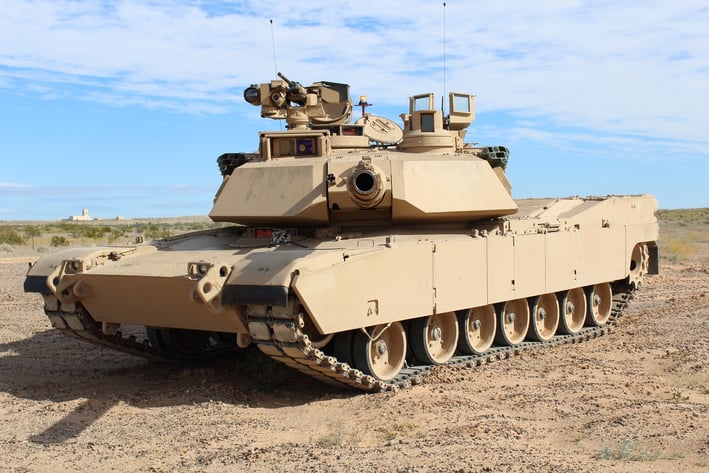

Let’s be clear, Europe does have the ability and resources to defend itself from a Russian attack. This is a matter of will and leadership. After all, Europe is by far the larger economy; it has more available resources, better quality of industry and much more people.
This will require all of these NATO powers working together under the leadership of the United States. Or better yet the European leaders take complete responsibility for their own security themselves. NATO leaders would have to fire up the war production at home, write some more checks, and put their differences aside to come together as one or they have no hope defending home.
NATO needs to act fast and ready themselves for total war. A race is on its way between Russia and NATO, and it seems they are already far ahead of us. We can all see the writing on the wall, but we are all refusing to read it aloud.
These Baltic states are connected to the rest of Europe by the Suwalki gap, a narrow passageway. Shown above.
This is where Putin would exercise his military might. Specifically, his newly built tank army. Russia could easily blockade this gap, cutting off these countries from NATO land supply lines. The Europeans would have to counter this tank blockade with an army of tanks itself.
This war game was played out infamously in late 2014 and early 2015 by the RAND Arroyo Center. And the results are clear. NATO cannot successfully defend the land of these exposed members with its current posture. Across multiple games the longest it took Russian forces to take the capitols of the respective Baltic countries was 60 hours. A rapid defeat of this stature would leave NATO in a tough spot.
It's worthy to note these war games were played out with the US providing help.
Poland has become very aware of this threat and has started the build up its military as well. Since the invasion of Ukraine, they have bought over 1500 new tanks and armored vehicles, roughly 100 Apache helicopters, nearly 500 launcher-loader module kits for its M142 HIMARS, over a dozen fighter jets, and much more artillery.
This buildup by Poland has been great for the time, but it seems they are the only one in Europe with this enthusiasm. Despite the new arsenal, it's clear the Polish would need all the help they can get from the other European countries as they are just a fraction of the size of the Russian military.
Germany has recently been dragging its feet when it comes to military aid as it has already spent two-thirds of the 100 billion euros it committed to build up the Ukrainian weaponry with very little to show. Not to mention inflation that ate away at a big chunk of that spending. What this means for when a NATO ally needs help is still unclear.
Britain has also disappointed when it comes to military buildup within. Despite being one of Ukraine's biggest backers the British have failed to grow their armies or stockpiles. In fact, they have decided to spend less and cut the number of troops from 76,000 to just 73,000. An amount that would easily fit into a modern football stadium. The British yield about 200 tanks today and only plan on adding 140 more by 2030.
Russia can make 140 tanks appear in just a couple months.
The French do seem to have more of a commitment to aid than the Germans and the British. They have set aside 400 billion euros. However, it seems they are not allocating the funds in the best way. Emmanuel Macron is spending the cash on nukes, cyber-defense, and new bases. Important, yet seems to ignore the lessons from the Ukraine conflict which proved the need for weapons like artillery and tanks.
All these factors increase the risk that Europe could lose a war to Russia within the next decade or possibly even sooner. It’s becoming more and more evident that NATO needs to rebuild its arsenal from top to bottom.
